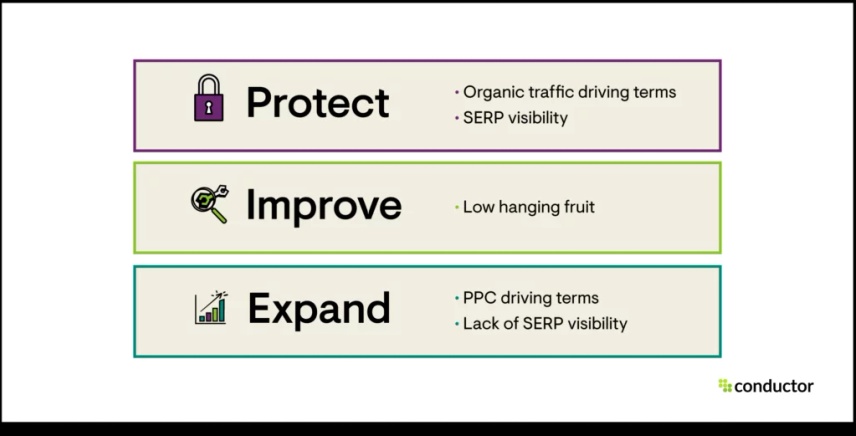Understanding Secondary Dimensions in Google Analytics: Their Importance and Effective Use
Understanding Secondary Dimensions in Google Analytics: Their Importance and Effective Use
Blog Article
Using the Power of Additional Measurement in Google Analytics to Improve Your Advertising And Marketing Method and Drive Outcomes
In the realm of digital advertising and marketing, the capacity to tweak techniques and accomplish substantial results is critical for companies aiming to remain competitive in today's landscape. Leveraging the power of second dimensions within Google Analytics opens up a realm of opportunities for marketers looking for to obtain deeper understandings right into individual habits and customize their campaigns with precision. By discovering hidden patterns and refining audience segmentation, businesses can craft targeted techniques that reverberate with their consumers on an extensive degree. The potential to measure project effectiveness with a granular lens better stresses the relevance of utilizing this tool to drive success.
Recognizing Second Dimensions
When assessing information in Google Analytics, comprehending additional dimensions is crucial for acquiring deeper understandings into user behavior and web site performance. Key dimensions provide fundamental details such as the variety of users or sessions, yet secondary dimensions provide an even more detailed sight by enabling customers to section and analyze information even more. By adding a second measurement, marketers can refine their analysis and uncover valuable patterns that may have otherwise gone unnoticed.
Additional dimensions in Google Analytics can be related to various metrics such as traffic sources, user demographics, and behavior circulation. By combining the main dimension of 'touchdown pages' with the additional dimension of 'gadget classification,' marketers can determine which gadgets are driving traffic to details landing pages (what is a secondary dimension in google analytics). This details can aid optimize site style and web content for much better user experience throughout different gadgets
Studying User Habits Patterns
To properly recognize customer habits patterns, a thorough analysis of information within Google Analytics is vital. By delving into individual actions patterns, marketing professionals can obtain valuable insights right into exactly how visitors connect with their site, which pages are most interesting, and where possible traffic jams or drop-off points may exist in the conversion channel. Google Analytics provides a range of tools to evaluate customer habits, such as habits circulation records, event monitoring, and goal funnels.
Actions circulation reports give an aesthetic representation of exactly how individuals browse through the website, showing one of the most common paths customers take as well as where they leave. Event tracking allows marketing experts to check specific communications on the site, such as switch clicks or video clip sights, giving a much deeper understanding of customer engagement. Goal funnels track the steps individuals take towards finishing a certain objective, highlighting areas for enhancement in the conversion procedure.
Enhancing Audience Segmentation
Upon analyzing customer habits patterns, marketing professionals can even more enhance their approaches by boosting target market division strategies in Google Analytics. Audience division enables the categorization of web site visitors into certain teams based upon different qualities such as demographics, behavior, and passions. By utilizing Google Analytics' secondary dimensions, online marketers can improve these sectors even further to get much deeper insights into their target market's choices and actions.
Enhancing audience division enables online marketers to create even more targeted and personalized marketing campaigns. By recognizing unique individual teams, marketing experts can tailor their messaging, content, and offers to better reverberate with each section's special qualities and requirements. This level of personalization can substantially boost engagement, conversion rates, and total advertising and marketing efficiency.
In addition, with improved audience division, marketers can better recognize the client journey and maximize touchpoints along the course to conversion. By assessing just how various segments communicate with the internet site and advertising and marketing channels, marketers can recognize opportunities to boost user experience, address pain points, and eventually drive more conversions. In general, refining target market division in Google Analytics is a powerful strategy for maximizing advertising and marketing performance and driving sustainable company growth.
Tailoring Marketing Campaigns
Marketing experts can optimize their advertising projects by customizing web content and messaging to match the distinct attributes and needs of specific audience sectors. By leveraging understandings from secondary Extra resources measurements in Google Analytics, marketing professionals can acquire a much deeper understanding of their target market's behavior, preferences, and demographics.
Via the evaluation of second measurements such as web traffic sources, tools used, or geographic area, marketing professionals can tweak their messaging to be extra impactful and pertinent. By customizing marketing campaigns based on insights from second dimensions, organizations can make the most of the performance of their efforts and eventually drive far better ROI.
Gauging Campaign Efficiency

One crucial aspect of determining project effectiveness is tracking conversions. By establishing goals in Google Analytics, companies can keep an eye on certain activities taken by individuals as a result of the campaign, such as purchasing or authorizing up for a newsletter. Comprehending the conversion price and the conversion course can offer valuable understandings into the performance of various marketing channels and messages.
Additionally, evaluating metrics such as click-through prices, bounce rates, and session duration can assist marketing experts assess customer involvement and the effect of the campaign on site traffic. By integrating primary metrics with additional dimensions in Google Analytics, businesses can fine-tune their advertising techniques, maximize project efficiency, and drive much better results.
Conclusion
In final thought, utilizing the power of second measurements in Google Analytics can offer beneficial insights into customer behavior patterns, boost target market segmentation, tailor advertising and marketing projects, and action campaign efficiency. By utilizing this function effectively, companies can fine-tune their marketing methods and drive better outcomes. It is vital for marketing professionals to take advantage of the data offered via additional dimensions to make enlightened decisions and optimize their projects for optimal impact.

Report this page